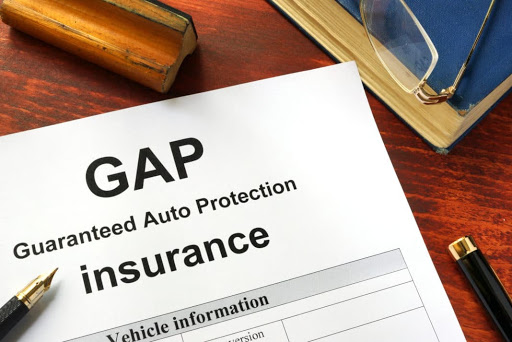Gap Insurance is an approach to add more protection to your auto insurance policy. Before we go more in-depth about gap insurance to know whether gap insurance is perfect for you, it is essential to understand gap insurance’s definition.
Gap Insurance
Gap insurance is an abbreviation of Guaranteed Asset Projection Insurance. An extra add-on coverage which can assist certain drivers to cover the “gap” between the financed amounts owed on their car and their car’s actual cash (ACV) in the case of a covered incident where the car is destroyed.
For instance, you faced an accident, and you were not found guilty – but your car is completely damaged. You do owe $13,000 on the auto loan at the time of the crash, but your vehicle’s ACV is just $10,000. Gap Insurance would support up to $3,000.
Contrary to conventional wisdom, gap insurance coverage is not responsible for paying you the complete amount you paid for your car. The insurance company may pay a financed amount for gap insurance, minus your deductible, that you right now owe on your vehicle after a covered crash. The addition of Gap Insurance to your insurance policy can become a wise decision regarding safety.
On Which Conditions, You Should Consider GAP Insurance
There are a few things you should be concerned about if you want gap insurance. For the following categories of drivers, gap insurance is a wise move:
Drivers Who Owe More on Their Vehicle Than the Car’s Value
If you are currently paying car loan payments, ensure to calculate the loan balance and assess it against your car’s current worth. (Again, the amount you paid for your car is different from it.) Is there a gap? If so, you should go for gap insurance religiously.
Drivers Whose Car Loan Is Dependent on Gap Insurance
Whatever you owe on your loan, certain loan providers require gap insurance at the beginning of your loan.
Drivers Whose Lease Requires Gap Insurance
As a protection measure, numerous car leases require gap insurance. Some leases may include the price of the lease with gap insurance.
Drivers who own their car completely and drivers who owe less on their vehicle than their current ACV (as there is not a “gap” in value) do not require gap insurance, but you will still want the car insurance coverage to get support in hard times if it comes.
How Much You Have To Spend On GAP Insurance?
If you should choose gap coverage, you are perhaps curious about what additional cost of gap insurance on your auto insurance premium you have to pay. While gap insurance provision is not generally as pricey as broader coverages like comprehensive insurance or liability insurance, the premium depends on multiple factors, including:
- Car’s current cash value (ACV)
- Age
- The state in which you live
- Your history regarding car insurance claims
Please note that if you close the gap by owing less on your vehicle than its ACV, there is no need for gap insurance.
Importance of GAP Insurance
You may still wonder about the importance of gap insurance in your life. Gap insurance reduces the burden in the event of a complete loss of your vehicles, such as theft or a covered accident that declares your vehicle a “total loss.” Moreover, although you drive well on the road, not all the other drivers do. Not having gap insurance if you are “upside-down” on your vehicle loan could mean that thousands will reimburse in the event of almost a complete loss. Are you willing to take a risk on the gap?


